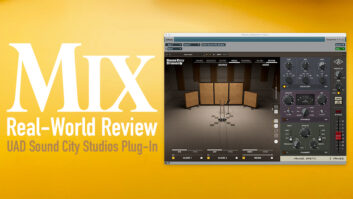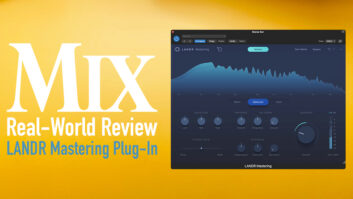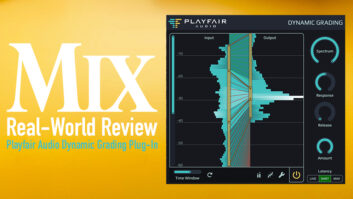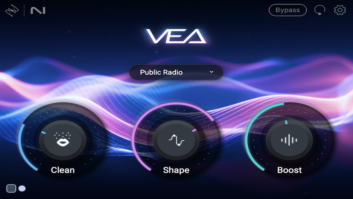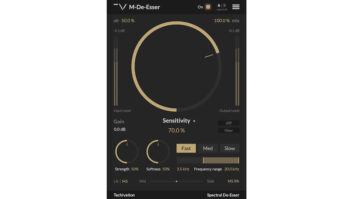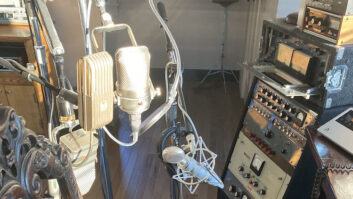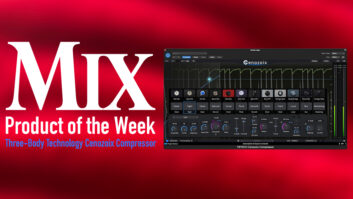Can I Get A Plug In Here? Part 1

In my previous blog, I mentioned that sacrilegious word (gasp) PLUG-IN! But wait, some of you have only lived in a digital world or think digital is all 1’s and 0’s and therefore rock solid (I refer you back to my first blog in that case) but aside from all of the D=D (an important formula) I would like to go ahead and bring up the question of plug-ins.
Plug-ins. Do we use them at Bernie Grundman Mastering? Well, yes and no. Have we ever? Yes. Is it common? Not really. When and how and why? Well it’s not that easy to say, my friends. First I would like to address some questions and bust some myths.
“If one plays back digital, converts it, uses it with EQ and then reconverts it back into the second computer, is this lower quality than if I just process directly with a plug-in?”
Good question. I will not be able to give you a definite “yes it always is, or no it always isn’t” answer, because in some cases where we’re staying at a high resolution and we need to do something all inside a computer, it can be the right thing to do.
This means we would not be processing in the playback machine, we’d be in our custom computers that we built here with the software we use from the manufacturer that has a different code than the ones most buy. Our computers also have barely any processing going on, and special internal changes are present to ensure the material is not getting as much noise into the master as other procedures might. Its unfortunate I can’t get into it much, but let’s put it blatantly: if you have this plug-in and run it on your Mac tower or PC, and we run it, it’ll sound unlike the same plug-in when the file is written. Less thumbprint is important. I can’t tell you how many times I’ve heard plug-ins instead of music be it from a master CD or even a super-lossy codec like any of the formulae used in itunes.
The bottom line is when I get a client asking “Wow, what did you use?” it’s always the same answer: “Our EQ and Gain on the console.” That’s about 98% of the time. The 1.7% remaining times, it is with our outboard in-house designed limiter, and the last .3% is perhaps a plug-in that is used live as the music comes through.
I think you might be able to see where I’m headed here, but in case you don’t, let’s say that there’s rarely a situation where a plug-in is going to be better than the “live” thing. The other side of the coin is that because we’re seeing many engineers brought up on laptops and excessive plug in use, we’re seeing lesser quality mixes where people are relying on dense buss-type gluing and then taking it off and wondering why it sounds unexciting. It’s fine to use anything you want, right? But it’s not about not using a compressor or using one, it’s how much and how musical is the mixer using it. Sometimes a rock record needs it and as long as there’s a little room, we can bring through what they’ve created very well and in some cases breaking it out on the console, using analog EQ we have built makes a world of a difference. You can never get the sound of the EQ in the box as you can with our EQ, for example. There are plenty of ads and people promising things that seem very lofty. This happened in the early 80s when people threw out all their tube gear for transistors.
PART II NEXT TIME
(and I think it’s time to get into that “Lossless” word. It’s done enough destruction)
